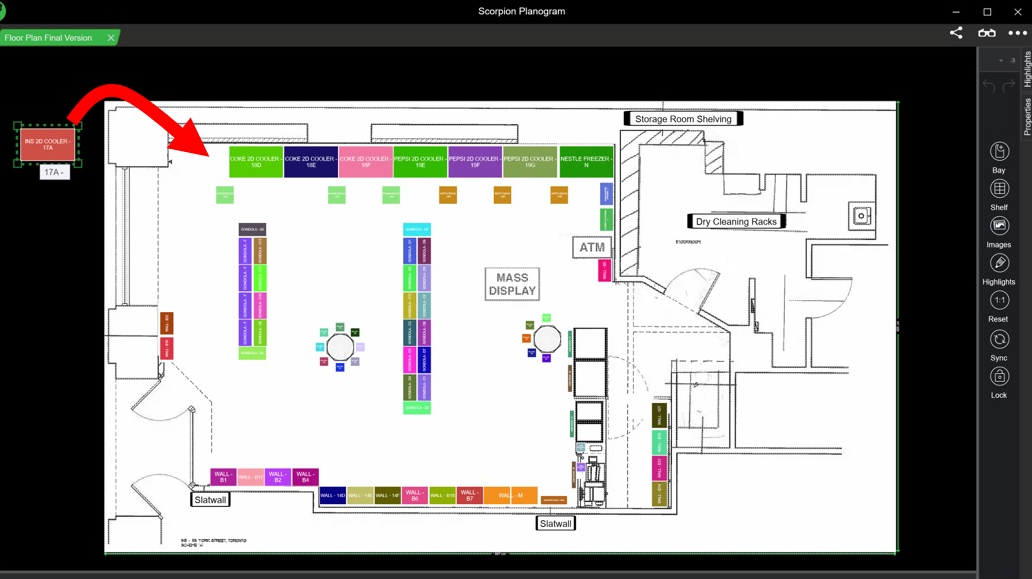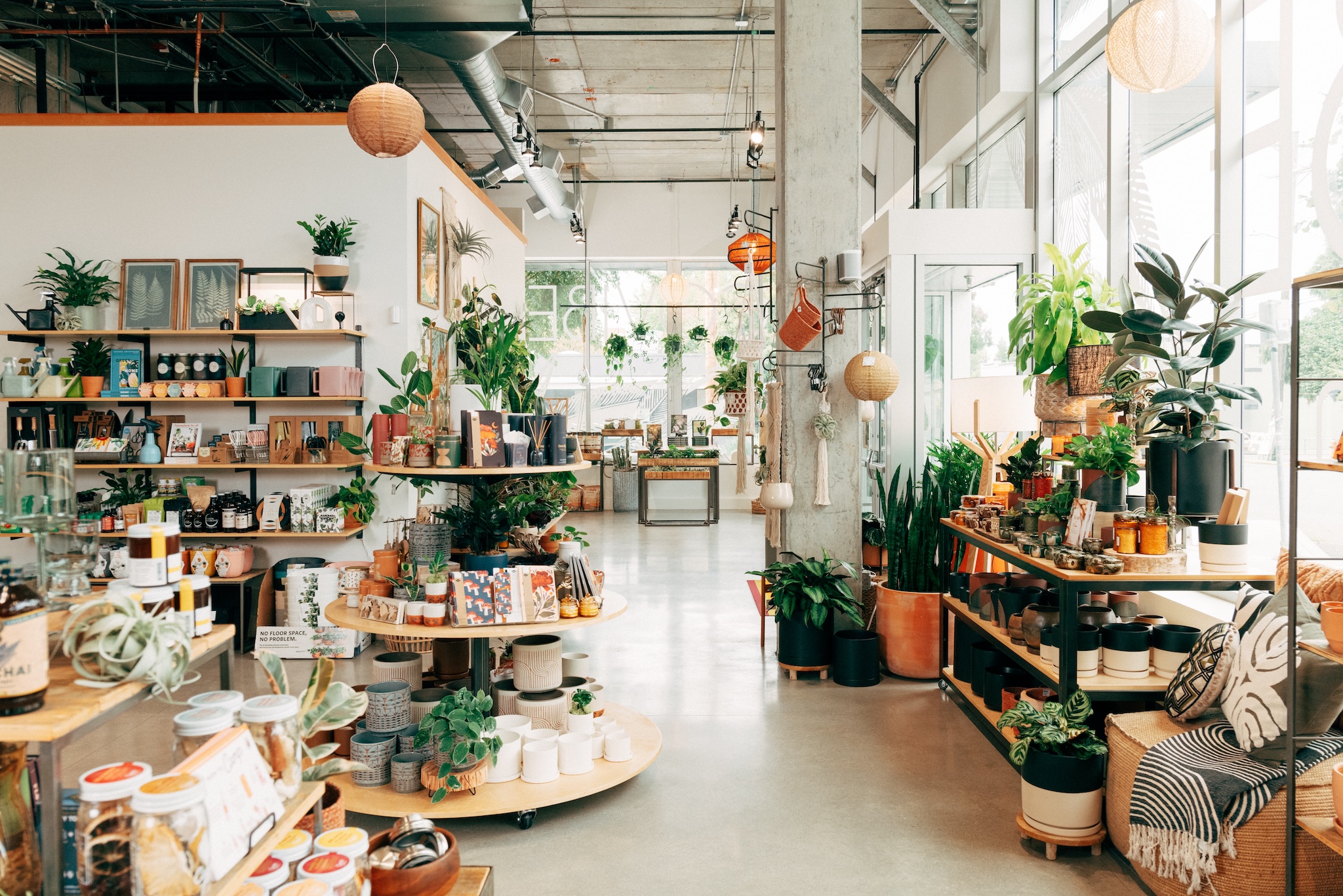
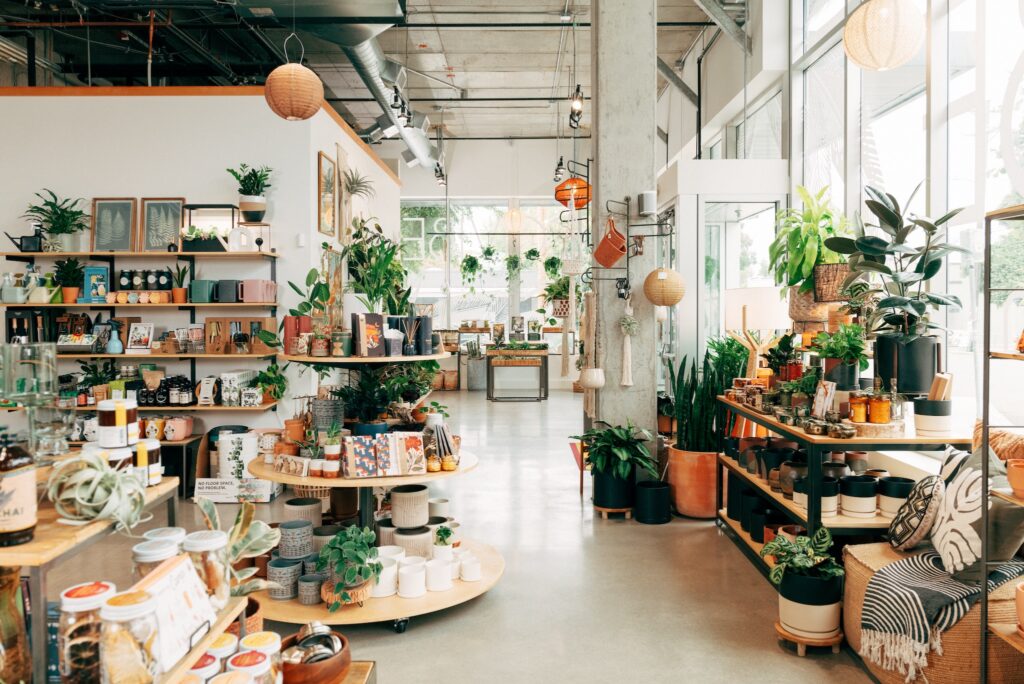
Shoppers don’t always take notice of the layout of a brick-and-mortar store, but the way products are positioned on shelves subconsciously informs buying decisions. For most independent retailers, every inch matters—the last thing you want is to miss out on sales because shoppers can’t navigate the space.
Luckily, there’s an art to displaying products effectively, and paying attention to how shoppers use the space can positively impact sales.
This is where retail planograms come into play. Planograms (or POGs) are schematic tools that map the layout of a store, including the positioning of products, shelves, and payment points to help retailers make the most of the space and maximize sales.
So, what is a retail planogram?
A planogram is a tool that helps retailers design the layout of their stores. This includes the way merchandise is displayed, how customers move through the store, and where key spots—like cash registers—are located. The best retail planograms use data about shelf height, sales, and consumer behavior to deliver personalized recommendations.
The goal is to create a space that encourages sales and provides an easy customer journey for shoppers. Because they’re closely aligned (and you can’t have one without the other), planograms go hand-in-hand with visual merchandising. But while the latter is focused on how products look on the shelves and the aesthetic appeal of the store, planograms cover the more technical side of things, like where shelves are located and the most obvious route between displays.
Do you need a retail planogram?
Planograms are most commonly used by big-box retailers, stores that carry multiple products (like grocery stores), and shops that need to fill lots of shelves. However, smaller retailers can still benefit from having a planogram, even if it’s just to map out what should go where.
You can get as detailed as you like with your planogram. Bigger retailers might need a more intricate planogram that includes data about perishables and inventories from multiple suppliers, while smaller retailers can benefit from a store visualization and the ability to see which displays generate the most sales.
In short, most retailers can benefit from a planogram in some way. For example, you might not have a lot of shelf space right now, but what happens if you expand and open a second location? Understanding shopping behavior and patterns can help you improve your store’s layout and generate more sales—it’s a win-win.
How a retail planogram elevates the shopping experience
Planograms put your vision onto paper (or a screen). As well as providing clarity on what products and displays should go where, there are several other key benefits.
- Plan merchandising displays. Planograms plot the layout of your store to scale and let you drag and drop products and displays to experiment with various positionings.
- Maximize sales. An effective layout can encourage sales by placing products at key positions in the store and on different shelf heights. Planograms use existing data to determine which locations generate the most sales in your store.
- Optimize shelf space. Show off as much of your inventory as possible by making the most of every square inch. You can easily see if there are gaps or overcrowding anywhere in the store.
- Improve shopper experience. Make it easy for consumers to find what they’re looking for by displaying products in the most obvious places.
- Promote specific products. Use the placement of your products to promote sales and maximize average order value.
Have a larger budget? You can consider hiring a planogrammer.
A planogrammer is an expert who uses shopper data and behavior to recommend the best layout and product placements in a physical store. They analyze past and current patterns to determine which displays get the most attention, which areas generate the most sales, and how shoppers move around the store.
How to create a planogram: The DIY version
If hiring a professional planogrammer is out of your budget right now, you can create your own with the help of dedicated planogram software. Most of these will show you how to read a planogram too.
Here are some tools you might try out:
SmartDraw
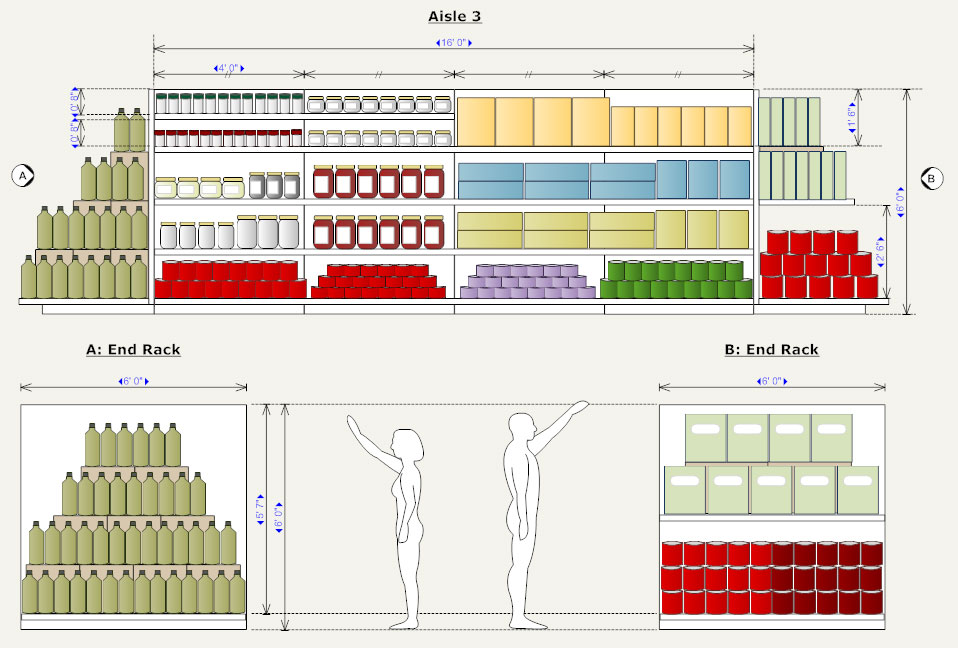
SmartDraw is an enterprise tool that generates diagrams from data. You can plug in your sales data and shopper behavior, and it’ll create a visualization of that data that you can use to inform your store’s layout. You can play around with shelf height and display spacing and even drag and drop icons to represent different products.
Scorpion Planogram
With Scorpion Planogram, you can visualize your store in 3D and move products around based on shopper data. Drag and drop products, plan out spacing, and toggle between 2D and 3D modes to see your store layout come to life.
RELEX
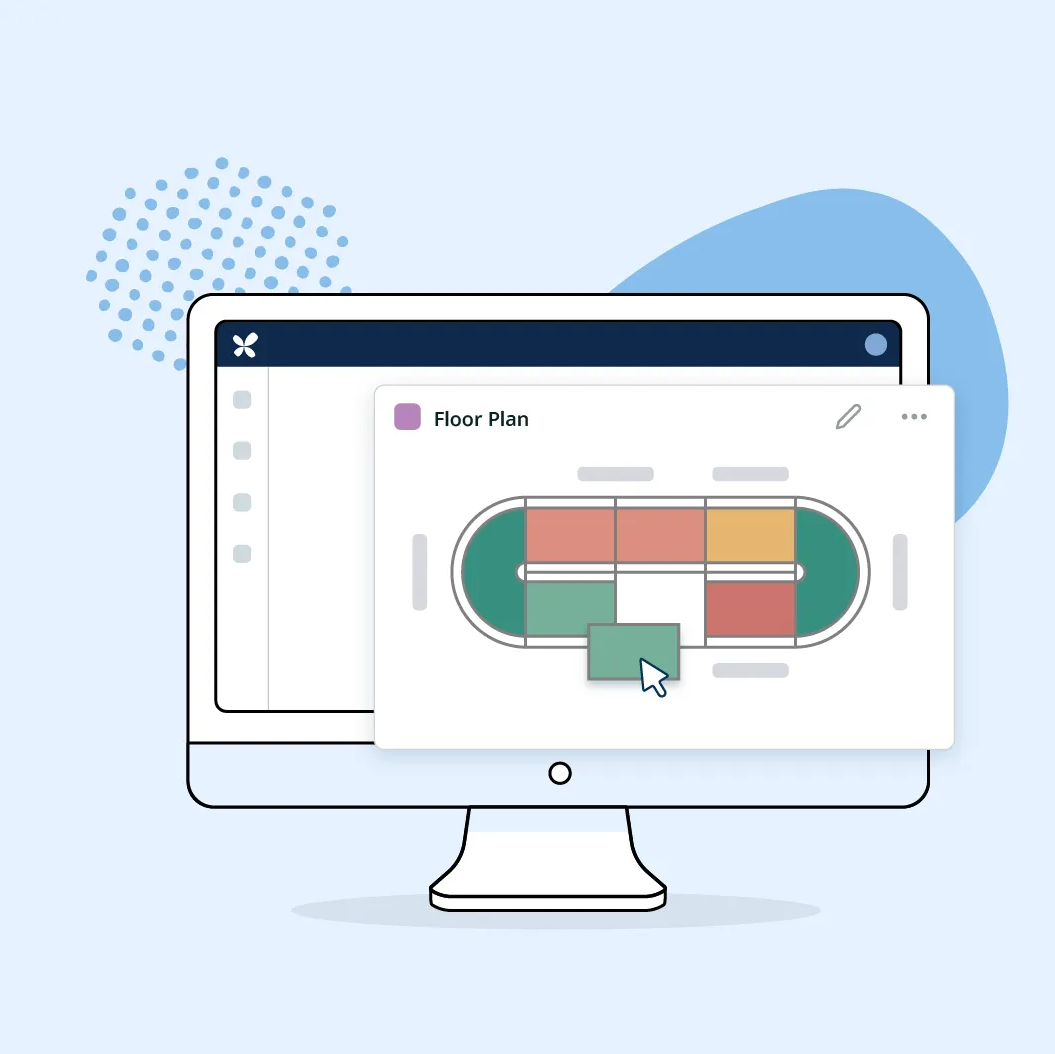
RELEX uses AI-driven demand forecasting to optimize your store’s layout based on previous shopper data. It’s a fluid tool that accounts for fresh data so you can switch up your store design based on the most current information.
Final thoughts
It’s always helpful to take a step back and see your store through new eyes. You might have an idea of what works and what doesn’t, but planograms can bring data to life, unlock new strategies, and point out ways to improve.
No matter what direction you choose, learning more about shopper behavior and the flow of your store can give you a whole new perspective.

